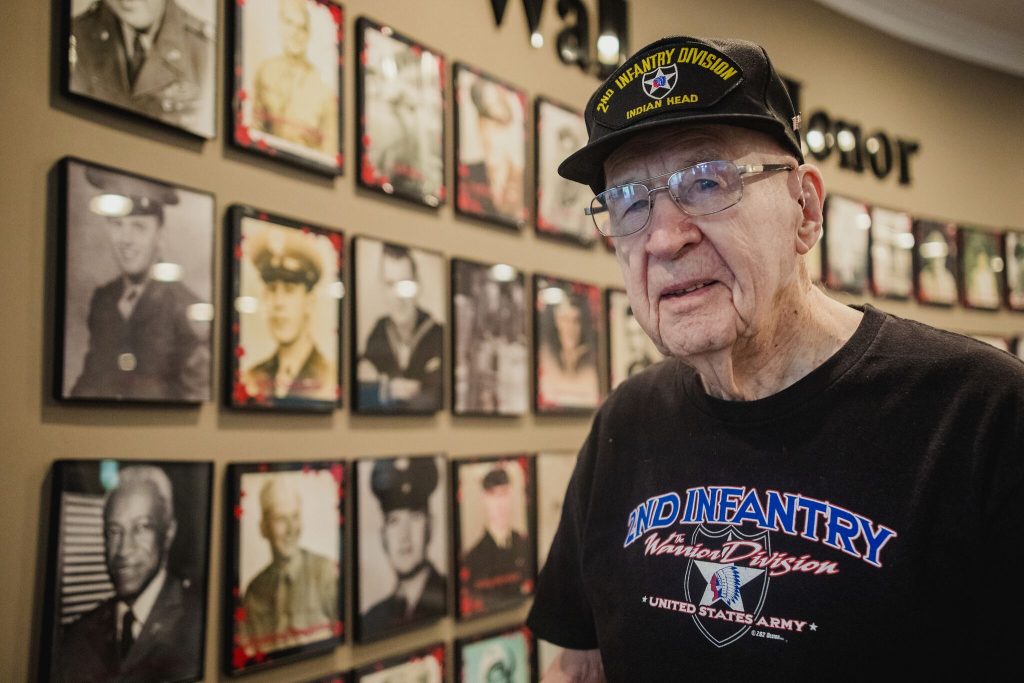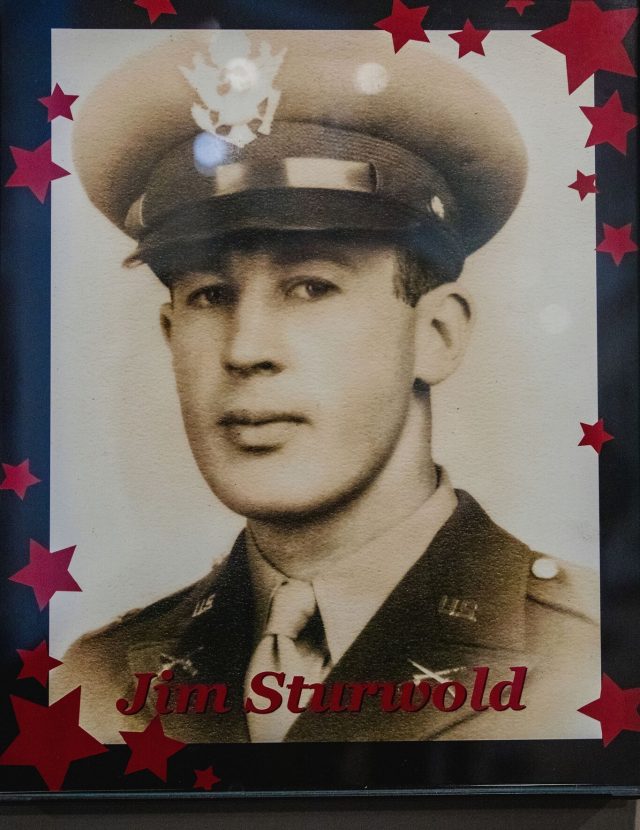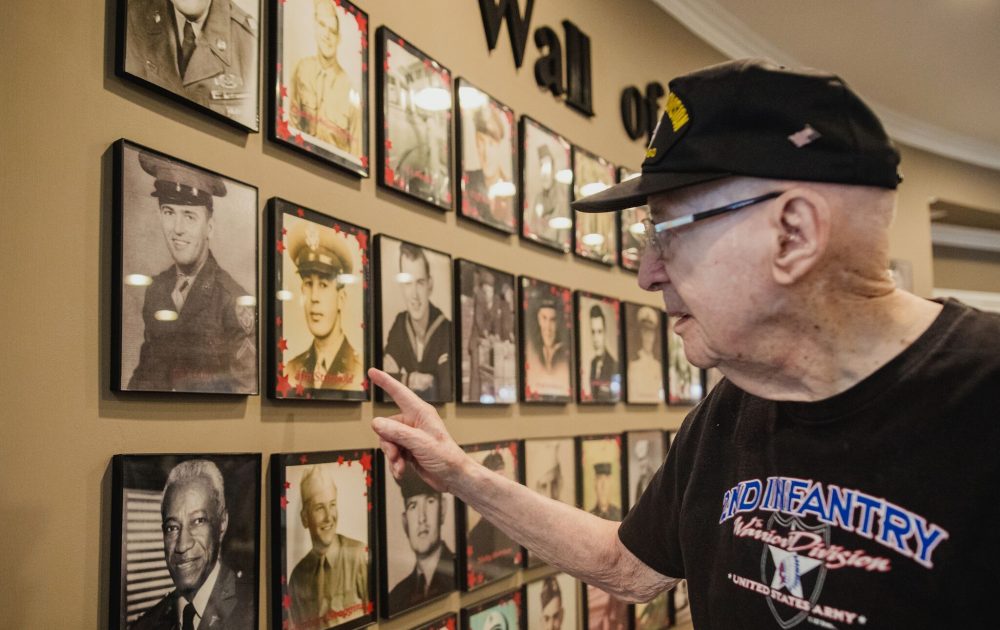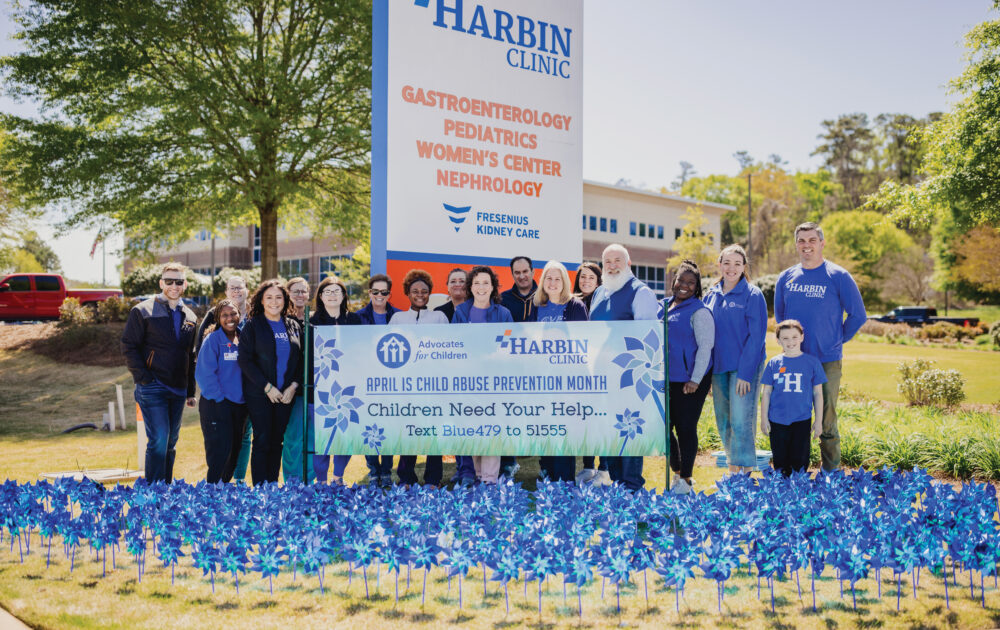
Photos Jason Huynh
“I escaped death many times. But I wouldn’t change a thing about my time in the United States Army because it molded my life in ways that I wouldn’t have thought of,” says Jim Sturwold as he recounts the three strenuous years that he served the U.S. during World War II.
Jim Sturwold is currently a resident at Renaissance Marquis who has quite a war story—one that he loves narrating.
Sturwold was an “Indianhead,” which is a nickname for the United States Army’s 2nd Infantry Division who served during World War II. The men who displayed the Indianhead patch, including Sturwold, fought their way through Treviers, Cerisy La Foret and then, in one mighty effort, crushed the powerful Nazi defenses on Hill 192, which was the grassy slope holding up the advance on Saint-Lô.
This is Jim’s story.
“I was born in Connersville, Indiana on March 21, 1921, but I grew up in a Detroit suburb called Lincoln Park,” explains Sturwold when describing his past.
Sturwold enrolled into the service in 1942, starting his basic training at Camp Robinson in Little Rock, Arkansas. From there he went on to school to become a Corporal so that he could eventually go to Officer Candidate School (OCS). This is where Sturwold would eventually be trained to gain a commission as an officer in the armed forces.
“I went to Fort Benning for infantry school, completed the courses there and got a commission of 2nd Lieutenant. After bouncing around to different states from camp to camp, I was eventually shipped overseas to Whales where I received more basic training,” he continues. “I joined the second infantry division there as an excess officer—they were building up for the invasion, of course.”
According to Sturwold, the Second Infantry Unit completed their assault training on the beaches of Whales, quite a sight for someone from Detroit.
“When I joined the Second Infantry Division, they had already fought their way up through the hedgerows of Normandy, up to Saint-Lô to Hill 192, which governed the city of Saint-Lô. This is where my first experience in real combat began,” he explains.
In fact, Sturwold received a Bronze Star for his first attack on Hill 192 at Saint-Lô, an honor that he holds near and dear to his heart.
“Getting back to the battle; we sat there, getting prepared of course, and then we took off in what would be our very first big attack of the breakthrough out of Normandy throughout those hedgerows. We had several close calls to death there; I actually lost about half of my platoon. Fighting through those hedgerows was terrible… it was like fighting in jungles, only worse.

“We continued attacking, day and night, right through Normandy over toward the British lines. By that time, we had trapped a big part of the German army in conjunction with the British army,” Sturwold continues. “From that point on—after a quick pause to recoup— I took our regimen over to Landon Isle, France in Brittany (Bretagne) to capture the city of Brest. The Germans had their sub-headquarters there. Before we had even got there, however, they had already ruined the port.”
Sturwold and his men then loaded up in box cars and traveled all the way over to Belgium—right at the German line. According to Sturwold, everyone called this the “quiet sector.”
“Nothing happened when we first got to the quiet sector. Eisenhower and the rest of the United States thought that we had captured enough of the German army that they were decimated… but they were wrong,” he says.
Sturwold and his men sat at the quiet sector until they were given orders to break through the Siegfried Line and attack, so the Nazis would not flood the dams. “That would have stopped us for months before we could even attempt to get across that much water. But we did break through the Siegfried Line,” says Sturwold.
“What the Second Infantry Division has done in the past four days will live on in the history of the United States Army.” -Lt. General Courtney H. Hodges
This quote, among many others, is located within a book “D + 106 to V-E: The Story of the 2nd Division…” compiled by the Public Relation Staff, Headquarters of the 2nd Divison: Lt. Col. Edward W. Wood and Sgt. Raleigh Allsbrook. Struwold carries this book around with him, helping him remember the past that made such an impact on him.
Of course, Sturwold had to leave a lot of his journeys out, however, one of the moments he remembers most is when the Germans surrendered to his platoon outside of Pilson (Plzeń), Czechoslovakia. The United States had joined forces with the Russians who helped them force what was left of the second army of Germans out of the town, and he remembers discharging some of the German soldiers to go home, as it was farming season and the towns needed their men back to be able to farm for food.
Jim Sturwold was in the service for three years before he traveled back to the United States where he took back his position working for his old company. “I was a salesman in a department store in Detroit; they were waiting on me to get back, which was nice,” says Sturwold.
Sturwold eventually changed jobs, which is what led him home to Rome, Georgia where he joined TranMills Carpet Company from 1965 until 1983 before retiring to Florida for 30 years with his wife, Mary Sue.
The Sturwold’s came back to Rome in order to spend time with their children and now grandchildren, which is perhaps what Sturwold loves the most about his story: his family.
Grand is honored to have been able to retell these memories of one of our country’s most precious heroes, and to personally thank Mr. Sturwold for his service.




